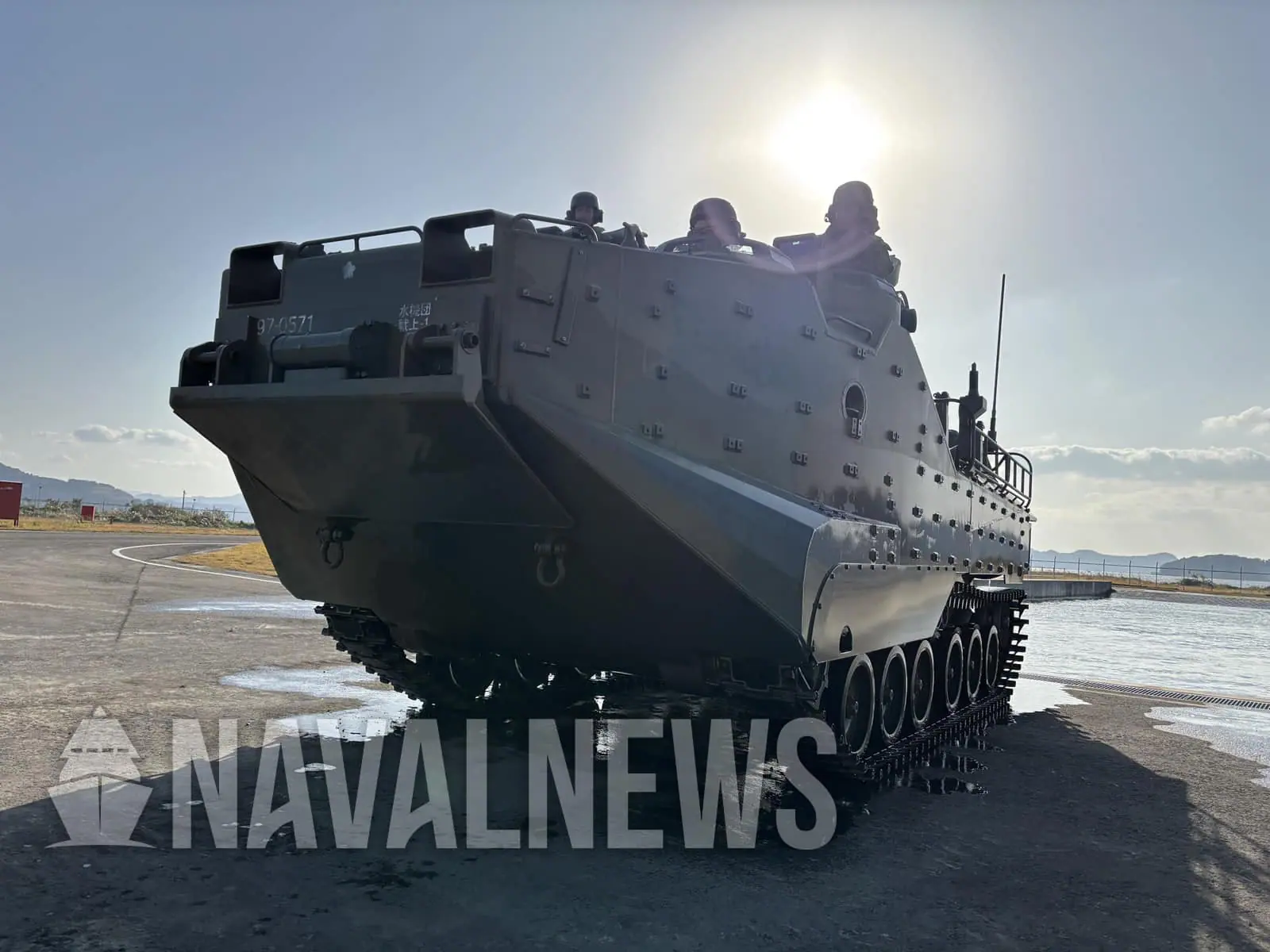The concept of a CCT (Cross-Chain Technology) link model in the blockchain Internet of Things (IoT) specifically designed for port areas emphasizes load adaptation to optimize operations. The foundation of this model lies in constructing a balanced configuration that utilizes load-balanced scheduling techniques. This ensures the smooth adjustment of dynamic parameters related to the CCT links, enhancing the overall performance of blockchain IoT systems in busy port environments.
### Model Construction
The initial step involves the balanced construction of the CCT link model, which takes into account the unique characteristics and challenges of the port area. Researchers have developed multiple methodologies, including fuzzy link balanced adjustment and distributed integration, to assess spatial characteristics crucial to this model. The goal is to create an equilibrium model that accurately reflects the amplitude response of these CCT links.
### Optimal Control with Adaptive Scheduling
The model incorporates adaptive equilibrium scheduling to analyze interference characteristics that can undermine performance. This methodology applies bit sequence scheduling for optimal network transmission control. Key equations define how parameters like time slice size and block matching parameters relate to the overall CCT performance in resource-rich port environments. In particular, the use of discrete processing and equidistant discretization minimizes the impact of extreme values and outliers, ensuring a stable model output.
### Cross-Chain Link Balance Design
The relationship between transmission delay and characteristic quantities is assessed, considering the randomness of time intervals in the operational environment. By employing parameter estimation methods such as joint similarity measurement, the CCT’s delay characteristics are analyzed to develop an efficient cross-chain network model. Such methodologies enable the derivation of iterative formulas that balance links in determining the forward transmission network. Key formulas illustrate how to track signal-to-noise ratios, aiding in delivering effective long-distance cross-chain coverage.
### Distributed Intelligent Scheduling Mechanism
The paper introduces a novel approach to distributed intelligent scheduling using Graph Neural Networks (GNN) combined with smart contracts. This decentralized mechanism addresses the limitations of centralized scheduling, improving scalability and fault tolerance. Each node within the network broadcasts its state information, including CPU and bandwidth availability. The GNN processes this information to determine optimal load distribution, iteratively updating node states for responsiveness to dynamic conditions.
### Task Distribution and Execution
Following GNN modeling, nodes develop a task transfer matrix, indicating where and how tasks should be allocated based on load predictions. Smart contracts execute these strategies efficiently, ensuring that overloaded nodes can offload tasks to neighbors, thereby maintaining system equilibrium. Continuous monitoring and feedback loops allow for real-time adjustments, enhancing operational adaptability in port environments.
### Conclusion
The CCT link model represents a comprehensive framework for managing blockchain-enabled IoT systems in port areas. By focusing on load adaptation, interference analysis, and distributed intelligent scheduling, this model aims to improve efficiency and responsiveness in high-demand scenarios. The integration of advanced methodologies and decentralized systems results in a robust and scalable solution for managing the complexities associated with port-based blockchain IoT operations. This blend of technologies ensures a more resilient infrastructure, ultimately streamlining operations and enhancing productivity within port environments.
Source link



